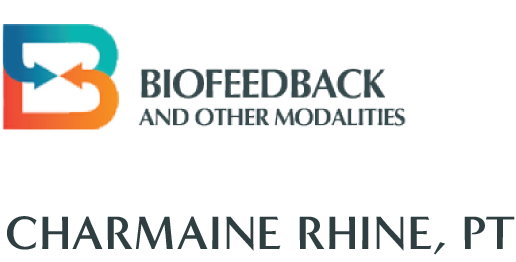
Commonly treated conditions
Below is a non-inclusive list of some of the more common conditions that are treated with the use of biofeedback training and other pain reduction modalities. If you have questions about other conditions or how I would approach your specific health needs, then please feel free to contact me directly.
-
A chronic condition that causes widespread pain, fatigue, trouble sleeping, anxiety, depression, headaches, memory issues, mood instability, sensitivity to touch, and numbness or tingling in the hands or feet. Fibromyalgia falls under the category of “central sensitization syndrome” which means that the central nervous system is regulated in a persistent state of high reactivity, leading to the previously mentioned symptoms. Central sensitization also corresponds with increased levels of emotional distress such as anxiety, and it plays a role in many persistent pain disorders such as chronic low back pain, chronic neck pain, whiplash injuries, tension headaches, migraines, rheumatoid arthritis, osteoarthritis, endometriosis, motor vehicle accident injuries, irritable bowel syndrome, and chronic fatigue syndrome.
-
Also known as “chronic pain” is described as pain without apparent biological value that has persisted beyond the normal tissue healing time (usually 3-6 months). When the pain lingers for longer than the normal healing time, the individual may sometimes develop anxiety, fear-avoidance, and other stressors that may further up-regulate the nervous system causing central sensitization.
-
There are many forms of headaches, but people who suffer from tension and migraine headaches that benefit most from biofeedback training. Tension headaches are the most common and are most often linked to increased emotional stress. Tension headaches are characterized by a steady ache over the forehead or it can wrap around the crown of the head. Many times there is accompanying pain and tension located in the face, jaw, neck and upper shoulders.
Migraine headaches cause severe throbbing sensation, usually on one side of the head but sometimes both sides. It can cause nausea, vomiting, and sensitivity to light and sound. There are also aura migraines where the person sees bright geometrical flashes of light in there visual field. Migraine headaches can have various triggers including stress, some foods and medications, altered sleep patterns, and hormone fluctuations.
-
Pain and inflammation in one or both jaw joints and tension in the facial and mastication (chewing) muscles. There are various causes but most commonly TMJD is associated with clenching and grinding of the teeth.
-
This is a condition that causes dizziness, lightheartedness, fainting, and rapid heart rate upon standing up from a reclined position. It is a form of dysautonomia, which means that the autonomic nervous system isn’t working correctly to control heart rate, blood pressure, and breathing.
-
Neck pain is pain in the spine beneath your head and it can radiate into the back of the head or into the shoulders, anterior neck or upper chest. It is a very common affliction and there are many causes for neck pain including arthritis, herniated discs, pinched nerves, spinal stenosis, poor posture, tumors, and mental or physical stress. Sometimes people with neck pain also get headaches related to tension in the neck.
-
CRPS is a severely disabling condition that causes extreme and prolonged pain and inflammation that follows an injury or surgery in an arm, leg, hand or foot. The main symptoms are severe pain, sensitivity, swelling, loss of range of motion, temperature changes and changes in the skin. People with CRPS require a multi-disciplinary team to help them cope with the condition. Physical therapy consists of graded motor imagery (movement), mirror therapy, and patient education about their pain condition.
-
Decreased blood flow to the hands, fingers and feet causing pain, skin color changes, numbness, and coldness. Primary Raynaud’s is idiopathic or not related to any other medical condition. Secondary Raynuad’s is caused by an underlying health condition such as connective tissue disease, arterial disease, smoking, or medications.
-
Abnormally high blood pressure that isn’t a result of a medical condition. It can be related to being over weight, having a family history, an unhealthy diet or stress. It can be reduced by implementing lifestyle changes and reducing stress. Biofeedback is very helpful in reducing this form of high blood pressure.
-
The experience of anxiety is a mental as well as a physical one. By treating the physical symptoms of anxiety, you can also reduce the mental symptoms. Those symptoms can be dizziness, tiredness, feeling nervous, restless, tense, increased heart rate, rapid breathing, sweating, trembling, trouble concentrating, and insomnia. Biofeedback respiration training can be very helpful on lowering the physical symptoms of anxiety.
-
IBS is a chronic condition of the lower gastrointestinal tract. It has been categorized as a biopsychosocial disorder, meaning that it’s not only defined as abnormal sensations and motility in the gut, but there are also psychosocial factors at play. Symptoms include: cramping, abdominal pain, bloating, gas, diarrhea and/or constipation, depressed mood, anxiety, and even anger. There is a brain-gut connection, and it’s best treated with medication (if necessary) and behavioral medicine such as relaxation training, cognitive behavioral therapy, and biofeedback.
